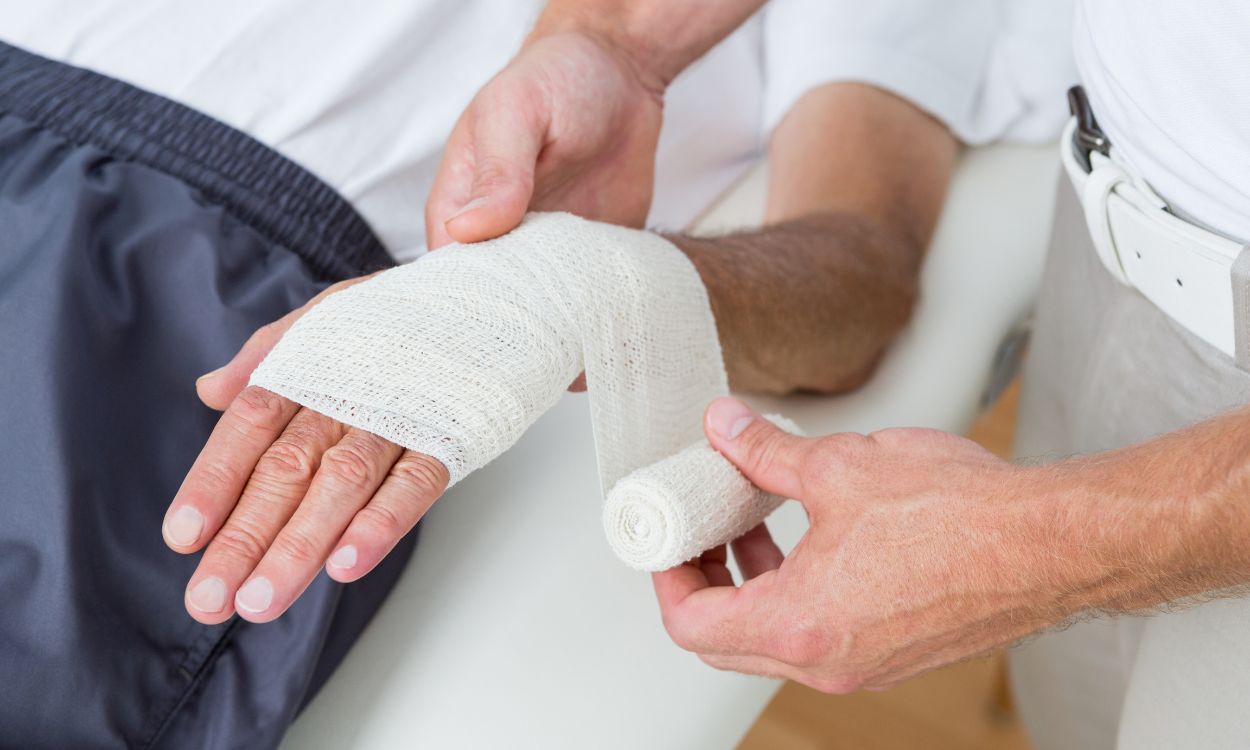First Aid for Bone Fractures: Immobilization Techniques and Support
Introduction:
Bone fractures are a common injury that can happen to anyone, anywhere, and at any time. Fractures can be caused by accidents, falls, sports injuries, or even due to underlying medical conditions. It is important to provide immediate first aid to the affected person to prevent further damage and promote healing. In this article, we will discuss the immobilization techniques and support required for bone fractures.
Immobilization Techniques:
The first step in providing first aid for bone fractures is to immobilize the affected area. Immobilization helps to prevent further damage to the bone and surrounding tissues. The following are some of the immobilization techniques that can be used:
- Splinting: Splinting is a technique that involves using a rigid material to immobilize the affected area. A splint can be made using materials such as cardboard, wood, or metal. The splint should be long enough to cover the joint above and below the fracture. The splint should be applied gently and should not be too tight.
- Sling: A sling is used to immobilize fractures in the arm or shoulder. A triangular bandage can be used to make a sling. The sling should be placed under the arm and around the neck. The arm should be supported in a comfortable position.
- Traction: Traction is a technique that is used to align the bones in case of a severe fracture. Traction involves applying a pulling force to the affected area using weights and pulleys. Traction should only be performed by a trained medical professional.
Support:
After immobilizing the affected area, it is important to provide support to the affected person. The following are some of the support techniques that can be used:
- Pain relief: Fractures can be very painful. Pain relief can be provided using over-the-counter painkillers such as paracetamol or ibuprofen. However, it is important to consult a doctor before taking any medication.
- Rest: Rest is important for the affected person to promote healing. The affected person should avoid any activities that can put stress on the affected area.
- Nutrition: Good nutrition is important for bone health. The affected person should consume a diet rich in calcium, vitamin D, and protein to promote healing.
Conclusion:
Bone fractures can be a painful and traumatic experience. However, with immediate first aid and proper support, the affected person can recover quickly. Immobilization techniques such as splinting, slinging, and traction can help to prevent further damage to the affected area. Support techniques such as pain relief, rest, and good nutrition can help to promote healing. If you or someone you know has suffered a bone fracture, it is important to seek medical attention immediately. To achieve your health and fitness goals, download the Fitpaa app today and get personalized support from our team of experts.









